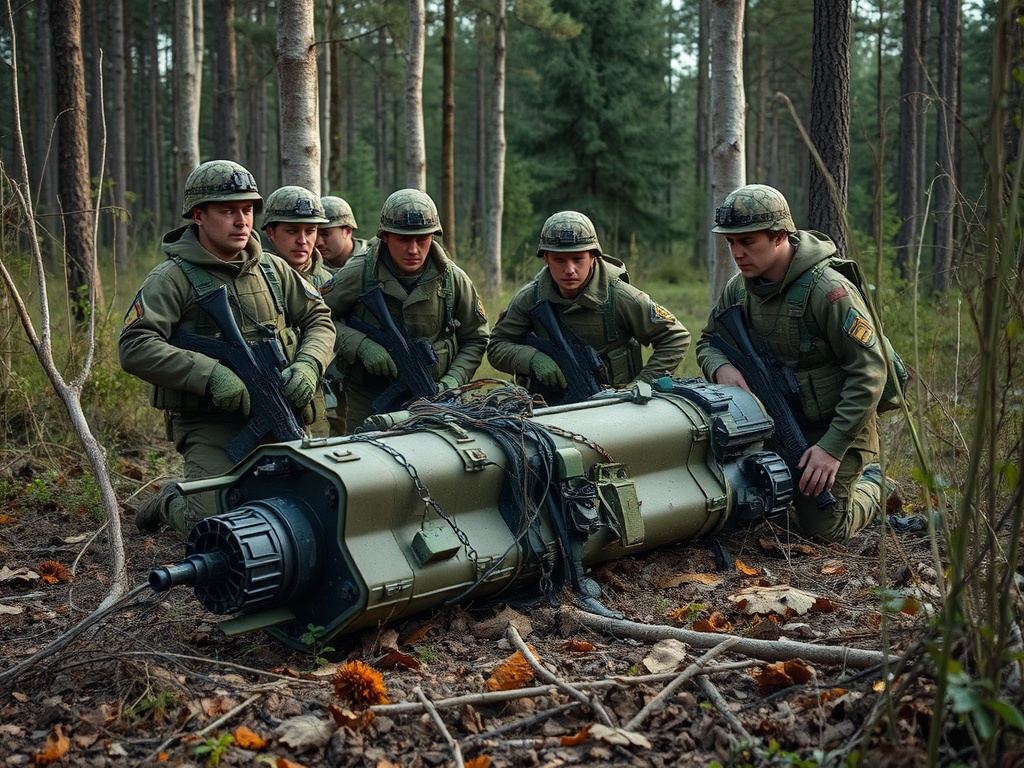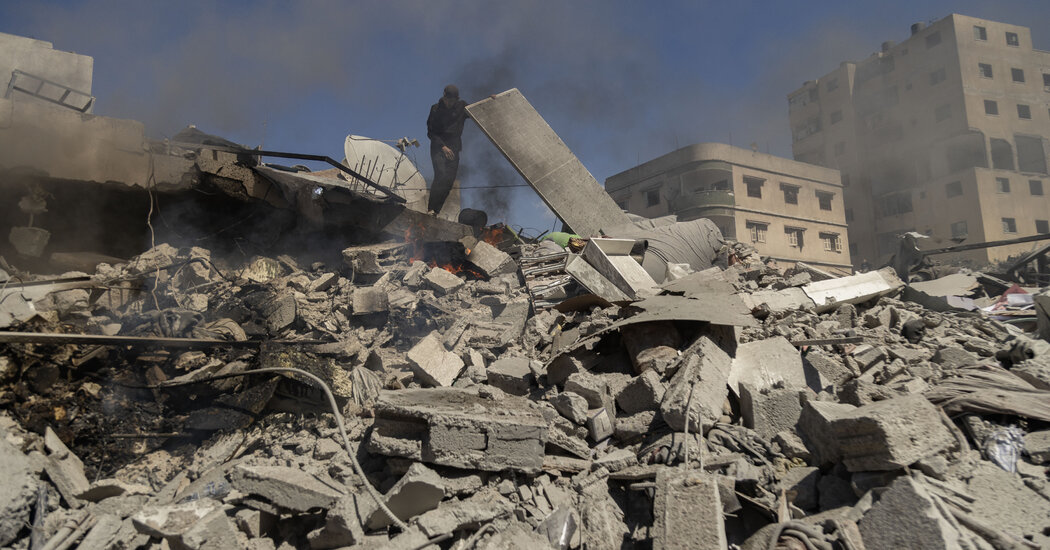Ukraine Claims Destruction of Advanced Russian Missile System

In a significant development, Ukraine has released a video that allegedly shows the destruction of one of Russia’s most sophisticated surface-to-air missile systems, marking a notable achievement since the onset of the full-scale invasion. The footage, published by a Ukrainian Armed Forces artillery reconnaissance brigade, appears to depict an S-350 “Vityaz” ground-based air defense system being obliterated by drones.
The video reveals a column of military vehicles positioned along a tree line in an open field, presumed to be situated in eastern Ukraine. The camera zooms in on an isolated launcher, with its launch tubes standing upright and primed for action. Almost immediately, the system is engulfed in a cloud of smoke, indicating a successful strike.
The S-350 transporter-erector-launcher has seldom been observed in the ongoing conflict, making this claim particularly noteworthy. The Chornyi Lis (Black Forest) brigade stated on their Telegram channel, “Thanks to the skillful actions of the Black Forest reconnaissance brigade, it was possible to detect and destroy the latest Russian short- and medium-range S-350 Vityaz air defense system.” They confirmed that the attack occurred in the eastern Donetsk region of Ukraine, though they did not specify the exact timing of the event. The lush greenery visible in the video suggests that this incident took place before the onset of winter, during a warmer spell.
The i Paper is currently unable to independently verify the authenticity of the video or the claims made by Ukraine. The Ukrainian Armed Forces also commented on the purported successful operation, stating that the S-350 “Vityaz” is recognized as “the newest Russian short- and medium-range anti-aircraft missile system,” with an estimated value of around $135 million (£107 million).
Images of a Surface-to-air missile complex Vityaz on display at the Obukhov state plant in 2013 in Saint Petersburg, Russia, highlight the advanced nature of this system (Photo: Sasha Mordovets/Getty Images).
The Ukrainian Armed Forces remarked, “Every such explosion and destruction of important weapons of the occupying army is a reduction of the enemy’s capabilities on the battlefield for a long time.” The S-350 was developed to succeed the aging Soviet-era S-300P air defense system, with several enhancements aimed at modern threats.
According to security analyst Dmitry Stefanovich, the main advantage of the S-350 lies in its ability to deploy a larger number of relatively simpler missiles per launcher, making it an effective tool against simultaneous strikes from precision weapons, including cruise missiles, UAVs (unmanned aerial vehicles), and guided MLRS (Multiple Launch Rocket System) rounds, as well as ballistic missiles. He stated to The War Zone, “However, there are too few S-350s available due to their somewhat delayed entry into service. Probably the priorities will be shifted now, but in any case, the S-350 has its role in countering adversary precision weapons under any scenario.”
During a military parade in Moscow in 2020, S-350 Vityaz surface-to-air missiles were prominently displayed, showcasing the Russian military’s emphasis on this advanced system (Photo: Pavel Golovkin/AFP/Getty Images).
The chief executive of the Almaz-Antey corporation, which engineered the S-350, described it as “a good and compact system that performs all of its functions far better than its predecessors.” He elaborated that the Vityaz “is capable of quickly aiming its missiles and scanning the space,” effectively serving as a secondary layer in conjunction with S-400 air defenses, thus enhancing the intensity of surface-to-air fire.
The system features radar with advanced anti-jamming capabilities and can monitor areas from all directions through its circular scanning mode. It boasts a larger missile load compared to its competitors. According to Tass, the S-350 air defense system can engage targets within a radius of 60 km (37 miles) and at altitudes of up to 30 km (18 miles). It is specifically designed to combat both aerodynamic and ballistic threats, carrying a total of 12 surface-to-air missiles.




